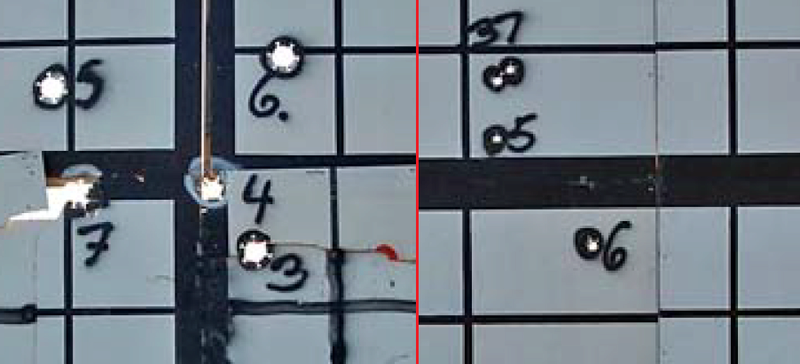GarryB wrote:
They could simply extend the length of the Sabot or move the APDS projectile further out of the case...
You're replying to an unrelated statement, but disregarding that:
Doing stuff like that is not straightforward. If you dig deep into how stuff works, you would realize that everything is riddled full of silly little mistakes that may or may not have a good reason. Why didn't they elongate OG-15V HE shells so that they could fit into the BMP-1 autoloader? Why didn't they put two long tungsten alloy rods into 3BM-42 instead of one short rod and one long rod? Why did they use a conical nose on 100, 115 and 125mm HEAT rounds instead of a flat nose which is more aerodynamic? Why did they decide not to put armour plating around the autoloader carousel on the T-72 Ural and T-72A and only start doing it in the T-72B?
Your optimism really shines through. "just extend the length of the sabot" "just install APS later" "just replace Kontakt-5 later"
It's really not so simple.
GarryB wrote:
Or simply a case of they clearly have other anti armour options.
Amusing that you keep banging on about corruption...
Oh sure, they do. They have 3UBR-6 APBC-T shells with a blunt steel penetrator that is worthless against anything with more armour than a jeep. The U.S Army has been using M791 APDS for the 25mm chain gun on the M2 since it was introduced in 1982. They've switched to M919 APFSDS since the 90's, and APDS is all but gone from their arsenal. The Germans were using DM43 APCR rounds for the Rh202 on the Marder 1 since it was introduced, and they switched to DM63 APDS in the early to mid 80's, and the British used APDS for the RARDEN since it was introduced in the 70's. On the other hand, BMP-3s are still mostly firing 3UBR-6 AP-T even today. You could argue that it can use its 100mm gun for anti-armour purposes, but it can only fire low velocity rounds and it's not efficient against moving targets, so it needs to use ATGMs for practically everything it comes across. It's that what you mean by "other anti armour options"?

GarryB wrote:
Velocity is not critical for interception of small fast targets... I realise the US believes this to be false as their 20mm cannon fitted to their fighter planes all use very high velocity rounds, but their (Air Forces) 23mm cannon actually use low velocity low recoil rounds for shooting down aerial targets at close range.
High velocity is good for extending range but most air to air shooting involves very close ranges.
Read what I said carefully please.
\"Interlinked wrote:
I give you evidence that APDS is more accurate than full caliber rounds, and you just ignore it all
Why did you change accuracy to velocity?
Besides, the U.S Air Force doesn't use the 23mm caliber; I believe you are referring to the 25mm caliber, which is not used in any U.S AF fighter except the F-35. All others use a 20mm Vulcan. Still, this is a pretty poor example to use, because dogfights are nothing like intercepting ASMs. I don't think you appreciate how big fighters are. I've seen and felt an Su-30MKM up close... It's not a small target, nor is it as maneuverable as an ASM, nor is it as fast as an ASM. How many dogfights occur at Mach 2? Actually, that's a bit generous. How many dogfights occur where one aircraft is going faster than the other plane by Mach 2? Besides, newer fighters like the F-35 use a 25mm cannon because the plane is supposed to have some ground support capability, so its cannon is supposed to be reasonably effective against ground targets as well as air targets.
GarryB wrote:
Kashtan has deck penetration for the missiles it uses.
My mistake. I was thinking about the AK-630.
GarryB wrote:
The reason the Russians are looking at 57mm AAGs is because 30mm rounds are not good enough for very small targets like UAVs or munitions.
Tightening the group or increasing the number of rounds within the group an be done a number of ways, but with most high speed targets you still need to cover a cube of air space where the target might move into in the time it takes for the rounds to arrive to the intercept point, so very tight little groups are not that useful.
Shotguns are used to cover an area with lethal pellets, the spread is to compensate for any moves the target might make after the shot is fired.
A tighter spread extends effective range, but if the rounds are more expensive, then you need to decide whether you want to fire a 200 round burst at each target or if a larger calibre that fills that interception box by exploding nearby and filling it with shrapnel might not be a better idea.
If the rounds you fire are faster, the target has less time to move away and thus, a lower chance of dodging them. You said that the Western navies had to deal with more advanced Russian anti-ship missiles, whereas the Russian navy only has to deal with old stuff like Exocet and Harpoon. Apply that thinking here. The U.S Navy uses APDS because it gives a better likelihood of hitting and defeating fast and maneuvering ASMs (both Russian and Chinese ASMs), and the Russians expect to mostly face subsonic ASMs, so they rely on an inferior but cheaper type of ammunition. Make sense?
GarryB wrote:
After the shells are fired the target is free to speed up or slow down or climb or descend or turn left or turn right.
Given the time it would take for the rounds to reach the interception point a given target has a box in 3D space where it could be when the rounds arrive... the Kashtan is designed specifically to fill that box with 30mm rounds so that no matter what change in direction or speed the target manages to perform in the few seconds between fired and impacted there will still be some rounds headed its way.
Most anti ship missiles don't manouver so the box is rather small, but the target is also very small too.
See previous answer.
GarryB wrote:
They are hardly going to be sending 10,000 tanks to any conflict. If the enemy turn out to be well supported then action will be taken.
Ie at the start the Russians clearly assumed the Turks would not shoot down their aircraft and therefore let Su-24s operate on their own without a SAM umbrella.
After the attack by the Turkish air force they changed their tactics to suit.
If they send tanks to an area they will likely do the same.
Not needing 10,000 tanks does not mean that a few hundred is enough.
Last edited by Interlinked on Sat Nov 25, 2017 10:30 am; edited 2 times in total



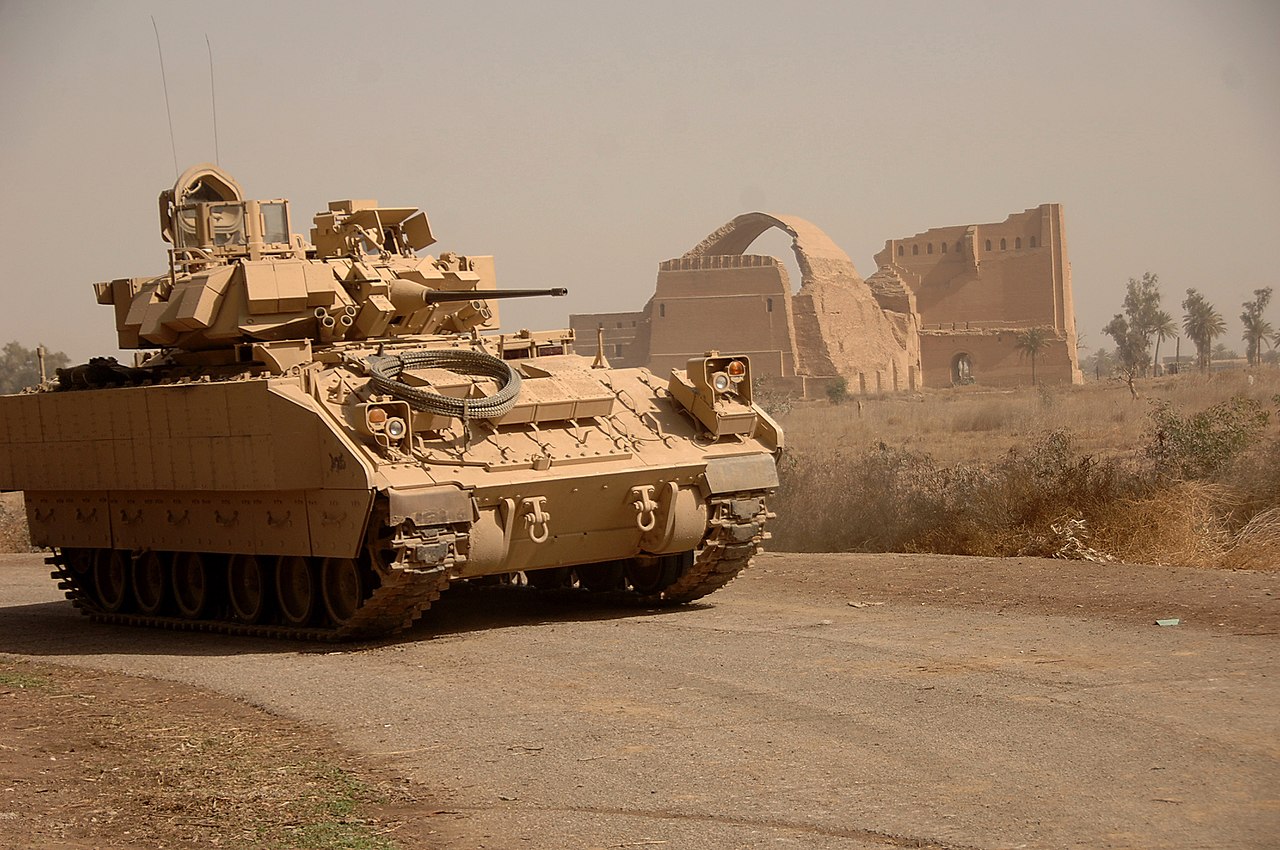









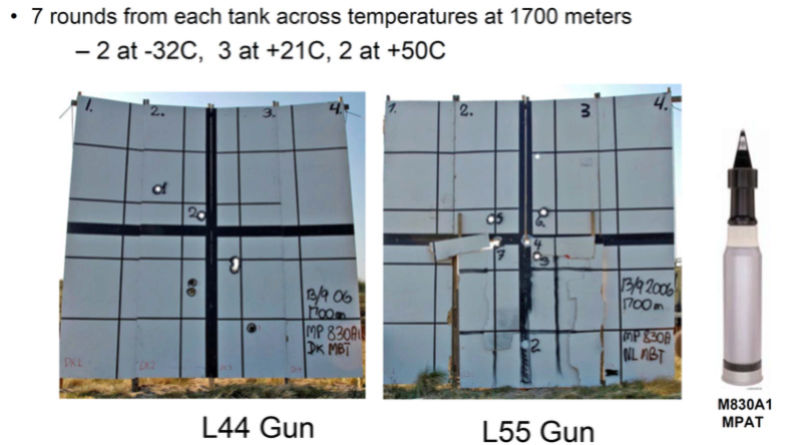

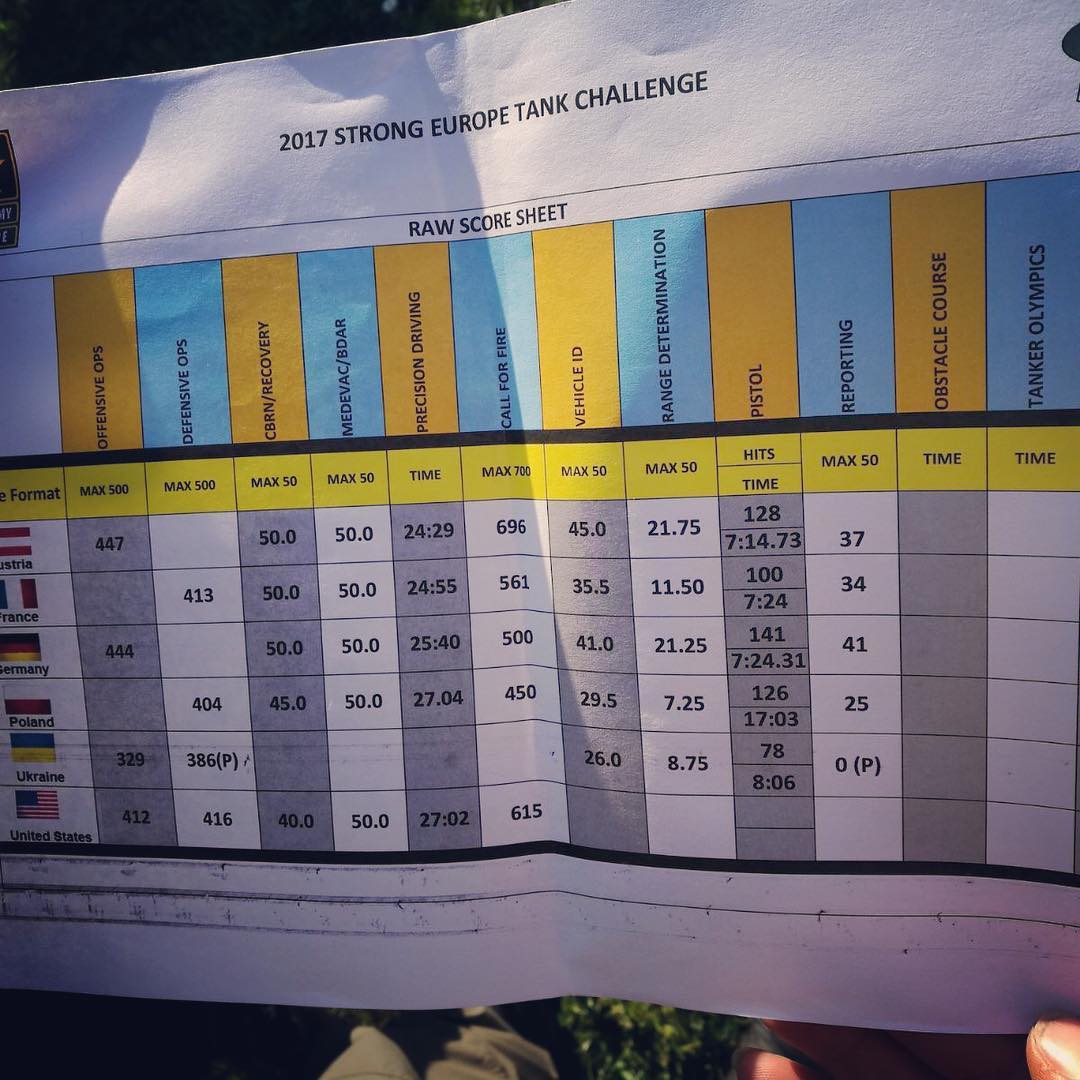


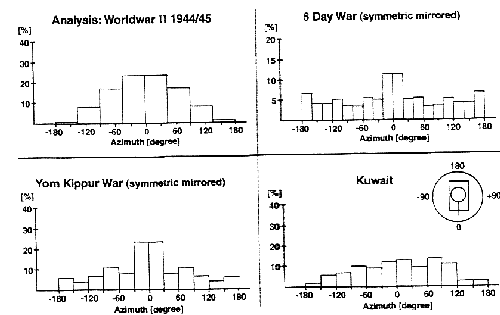

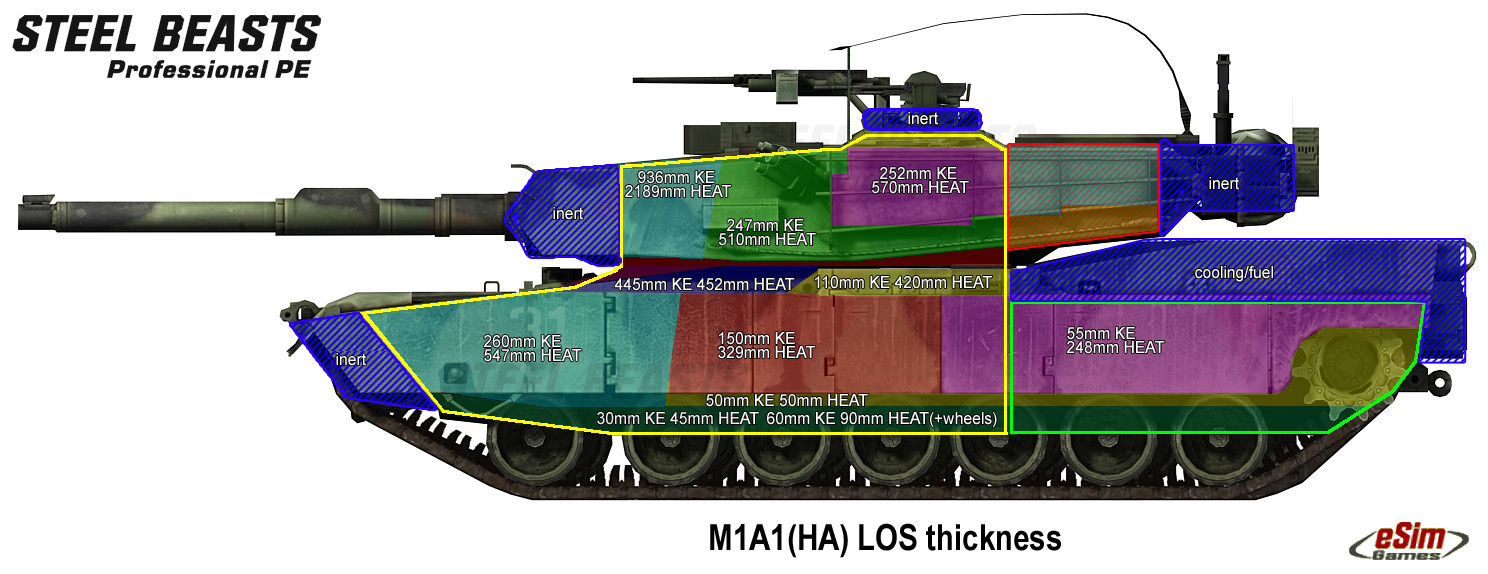

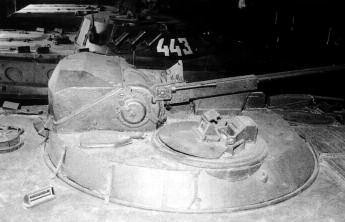
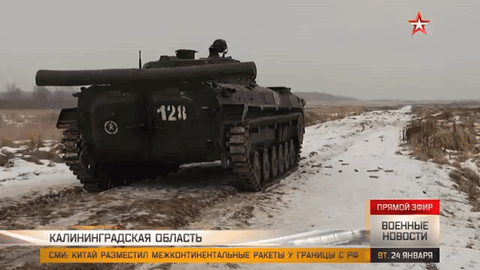
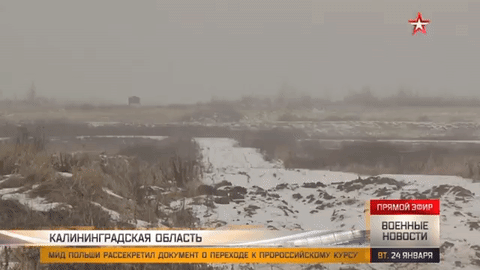

 I am really tired of this. Here it is, all in one picture. MPAT on the left, APFSDS on the right. Take out a ruler or something and slap it on your screen, and I'm pretty sure that those holes will come out at 80mm and 24mm (give or take a few millimeters), MPAT and APFSDS respectively. EDIT: Actually I did it for you using MS Paint and comparing pixels. Size of the MPAT holes comes out to 76mm and APFSDS holes is 26mm. Close enough.
I am really tired of this. Here it is, all in one picture. MPAT on the left, APFSDS on the right. Take out a ruler or something and slap it on your screen, and I'm pretty sure that those holes will come out at 80mm and 24mm (give or take a few millimeters), MPAT and APFSDS respectively. EDIT: Actually I did it for you using MS Paint and comparing pixels. Size of the MPAT holes comes out to 76mm and APFSDS holes is 26mm. Close enough. 